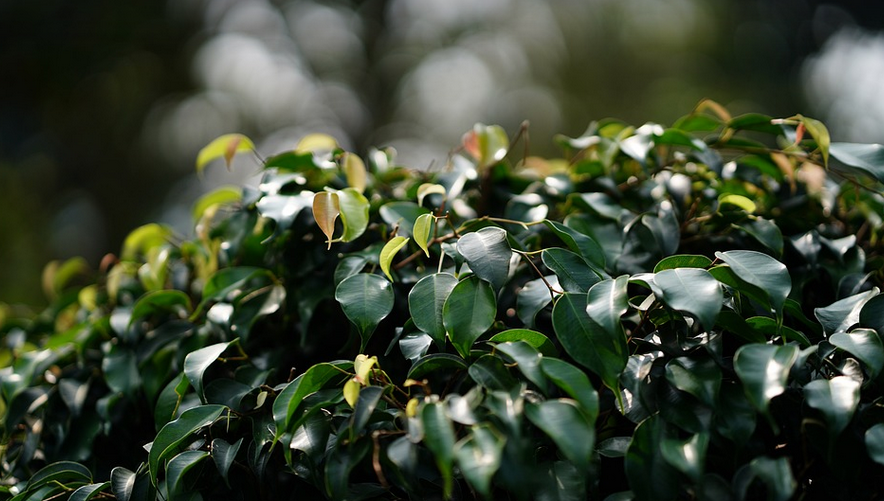Get Ready to Grow Your Own Delicious Bell Peppers
Bell peppers, with their vibrant hues and sweet flavor, are beloved additions to any home cooking repertoire. Growing your own bell pepper plants can be incredibly rewarding, offering you fresh, flavorful produce from your very own garden. Whether you’re a seasoned gardener or just starting out, this guide will help you plant beautiful bell peppers and reap the delicious rewards of your labor.
As we navigate sunny days in 2024, let’s delve into the exciting world of growing bell peppers. From choosing the right variety to providing optimal care for your pepper plants, this comprehensive guide will equip you with everything you need to know.
Choosing Your Pepper Variety
Bell peppers come in a dazzling array of colors and flavors, each with its unique characteristics. When selecting your pepper varieties, consider your climate zone, personal preferences, and desired harvest time.
For those seeking juicy, sweet peppers, try:
* **Sweet Bell Peppers:** These are the iconic red, orange, yellow, or green bell peppers that we all know and love. They offer a mild to medium sweetness and are great for snacking, salads, and grilling.
For those who enjoy a deeper, more distinctive flavor:
* **Spicy Bell Peppers:** For those seeking a fiery kick, consider chili pepper varieties like Jalapeño or Habanero. They add a wonderful heat and zest to any dish.
Planting Your Peppers: A Step-by-Step Guide
As with most gardening endeavors, preparation is key for successful bell pepper growth. Here’s how to get started:
- Select a sunny location: Bell peppers thrive in full sun (at least six hours of direct sunlight per day).
- Prepare the soil: Mix well-draining, nutrient-rich garden soil with compost or other organic matter. Amend your soil to ensure improved drainage and fertility.
- Start seeds indoors (optional):** If you want an early start on your peppers, begin sowing seed indoors six to eight weeks before the last expected frost in your area. Use seed-starting trays with a sterile potting mix and cover seeds with a thin layer of soil.
- Transplant seedlings into the garden: Once the threat of frost has passed and the soil has warmed, carefully transplant your young pepper plants outdoors.
Planting Depth and Spacing
When planting seeds or transplanting seedlings, pay close attention to proper spacing for optimal growth.
* **Seedlings:** Space out seedlings according to their mature size, typically about 18-24 inches apart. This allows ample space for root development and prevents overcrowding. * **Mature Peppers:** When transplanting larger pepper plants (after hardening off), check the mature size of your chosen variety to ensure adequate spacing to avoid competition for light, water, and nutrients.
Watering Your Peppers: Keeping Them Hydrated
Bell peppers are a thirsty bunch! Consistent watering is crucial for their growth. However, it’s essential to strike a balance between hydration and proper drainage.
* **Frequency:** Water your bell pepper plants thoroughly every morning or evening to allow the soil to dry slightly before watering again. This promotes healthy root development and prevents waterlogging.
Feeding Your Peppers: Boosting Growth
A balanced diet for pepper plants is essential for healthy growth and abundant yields.
* **Types of Fertilizers:** Opt for slow-release fertilizers designed specifically for vegetables and fruits. These provide sustained nourishment over time, minimizing the need for frequent applications. * **Proper Application Rates:** Always follow the instructions on your chosen fertilizer to avoid overfertilization or unnecessary damage to your plants.
Troubleshooting Common Issues: Keeping Your Peppers Healthy
Even seasoned gardeners encounter challenges from time to time. Here are some common issues to watch out for:
* **Yellowing Leaves:** This indicates possible nutrient deficiencies, water stress, or pests. Investigate your soil, watering schedule, and check the plant’s overall health for signs of pests.
**Spider Mites:** These microscopic arachnids leave behind webs on leaves. Treat spider mites with a gentle blast of water or a mild soap solution to remove them from plants.
**Blossom End Rot:** This condition causes the blossom end of developing peppers to become discolored and mushy due to calcium deficiency. Use a balanced fertilizer and ensure adequate calcium levels in the soil to prevent this issue.
Harvesting Your Bell Peppers: Timing is Everything!
The time to harvest your bell peppers is when they become fully matured. A general rule of thumb is to harvest them when their skin develops that signature pepper color, ranging from vibrant red to deep green.
* **Signs of Maturity:** When the peppers reach their full size and have no further growth potential, they are ready for harvest. This typically takes about 75-100 days from planting, depending on your chosen variety.
Preserving Your Bell Peppers: Making the Most of Your Harvest
Bell pepper harvests should be enjoyed fresh or preserved to enjoy their delicious flavors throughout the year.
* **Refrigeration:** Store individual peppers in a cool, dry place for up to 1-2 weeks. For longer storage, consider freezing whole bell peppers.
Conclusion: Enjoying Your Homegrown Bell Peppers
Growing your own bell peppers is a rewarding experience that yields delicious results. By following this comprehensive guide and utilizing the tips above, you can successfully grow a bountiful harvest of these versatile vegetables. Remember to enjoy each bite of freshly harvested bell pepper – the effort is truly worth it!
